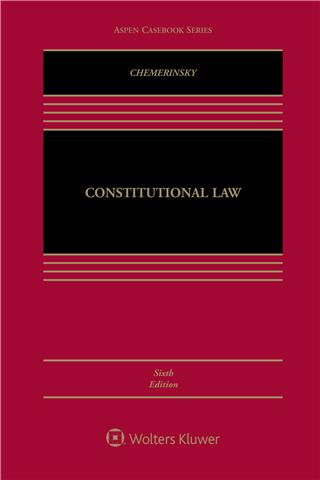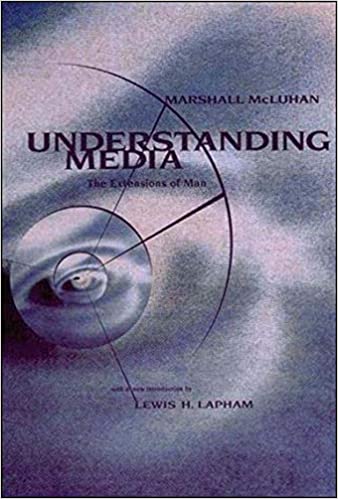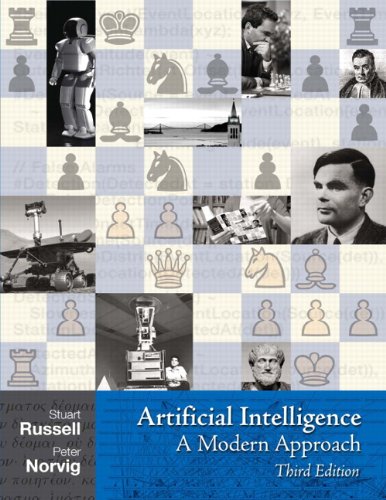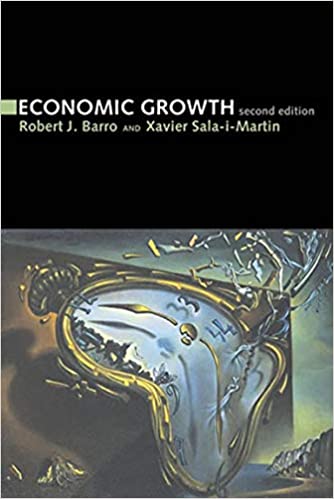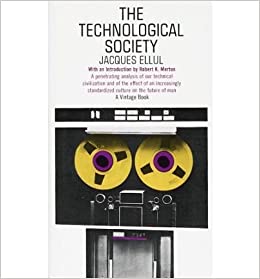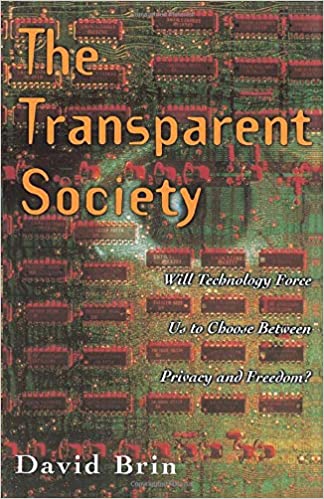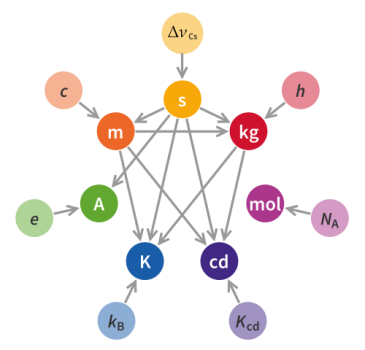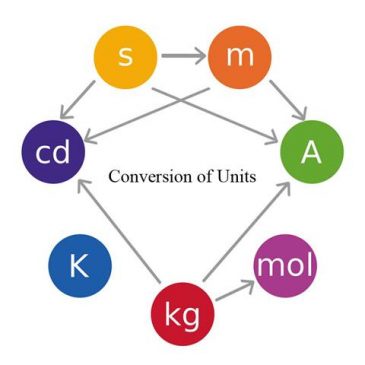
Three actualities emerging from recent research indicate that we must focus concentrated attention on low-income children before they enter school: (a) poverty among young children is becoming more intense; (b) poverty coupled with other risk factors, such as chronic neighborhood violence and high stress from urban living, places young children at great risk of negative outcomes; and (c) early intervention with both children and their families can mitigate the effects of poverty and other risk factors and can enhance learning-related outcomes.
Much of the intervention research focuses on preschoolers, but a new generation of inquiry focusing on infants and toddlers indicates that intensive child development and early education interventions starting in infancy can result in significantly improved academic and developmental outcomes. Further, evidence from research indicates that the strongest interventions include comprehensive frameworks that focus on both the child and the family, combined with efforts aimed at changing community risk factors. Unfortunately, access to such programs is limited, especially quality programs available to low-income families.
Indeed, even within program type there is great variation from one state to another in the specific characteristics of the program supported, eligibility criteria, and access to training. Single strategy approaches (parent education, child care alone, pre-K programs without a family component) are giving way to more complex, interrelated, and comprehensive efforts designed to meet both child-focused needs and family focused needs.
The common perception of inner cities is that they are communities without resources, impaired by poverty and neglect. However, urban communities also have a wealth of resources available to them, including academic institutions, cultural centers, business hubs, and health and human services agencies. The real problem is that the resources and services available in urban communities are not linked and often are highly fragmented.
Several public and private collaborations have emerged and have been successful in serving families that live in severely disadvantaged circumstances, including the school district’s Family Centers, which integrate and coordinate education, parenting, counseling, and health resources for children, youth, and their families through school-linked services.
The following are critical aspects of establishing and maintaining successful partnerships:
- Funding. Lack of funding is the most frequently blamed barrier to any community development program and is often used as an excuse to avoid change and sustain the status quo. Proper planning and better budget oversight can often overcome this barrier, however, and collaboration between agencies that serve the same purpose and people can further save substantial administrative and operations costs. Although the start-up costs for integrating and coordinating services between both public and private entities can be high, these costs do not compare to the long-term savings from streamlined programs that were once duplicated across agencies.
- Data Integration. Modern technology via computers makes it possible to share, accumulate, and integrate data efficiently, which in turn enables agencies to work with clients more effectively. Again, the start-up costs do not compare to the long-term savings due to this type of investment.
- Turf/Interest. Each collaborative member must have a clear understanding of his/her role, as well as the expectations of him/her in the partnership. Further, mutual trust and commitment must exist between partners.
- Regulation. Bureaucratic legislation has often killed excellent visions. Policies must accommodate the needs of the local communities and may be worked with or created anew. Consolidating social, human, and health government functions, for example, may allow the new service agency to adhere to only one set of regulations, while using public funds to create comprehensive service coordination.
- Leadership. Passionate and personal application of top leadership to the project’s priorities is critical to the success of these endeavors. Leaders must also be able to share their visions with other key stakeholders in the community and establish consensus among all the players.
Given the growing population of urban children under six in the United States who live in families at or below the poverty line and the movement toward comprehensive strategies in order to address their pressing needs, there are four special design and implementation issues for initiatives involving young inner-city children and families.
- First, program strategies must be responsive to the harsh realities of living in poverty at the same time that they are consistent with principles of adult and child learning and development. Strategies need to be strength- based, as opposed to being based in a philosophy of deficit, while acknowledging the very difficult problems facing families which make daily survival an issue.
- The second imperative that also grows out of the realities of inner-city life is the need to focus not only on children and families, but also on neighborhood issues. Linking with or creating forums for mobilizing action, such as the long-standing Head Start approach to family involvement, produces opportunities for families to address neighborhood and community-based issues. Strategies that build the leadership capacity of family members involved with the program, through participation in all aspects of program activities (including involvement in research projects, governance, etc.), also ensures a broadened focus that includes neighborhood issues.
- A third imperative for inner-city initiatives is to deliberately create strategies to return income to the community, whether through individual program job generation, links with larger community development mechanisms, or other approaches. Empowerment Zones and Enterprise Communities seem particularly useful in developing some of these strategies because community reinvestment and development is so central to their mission.
- A fourth imperative is to focus careful attention on building a system of supports and services for young children and families, not just a series of programs and program-by-program case managers. This requires building a broad community network, including, for example, community leaders, families, Head Start teachers, informal care providers, well-baby clinics personnel, managed care providers, and court personnel. Such community networks should address more technical service integration issues and serve as a link with larger community forums for addressing economic issues and monitoring the impacts of devolution and welfare changes at the most local, neighborhood level. These imperatives can direct current opportunities to craft "street smart" interventions for young children and their families.
Source: https://ebookschoice.com/challenges-and-opportunities-to-foster-school-success/
